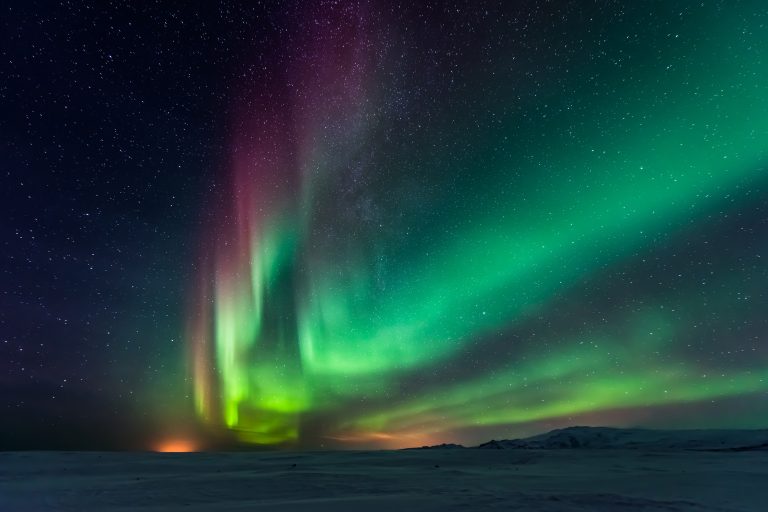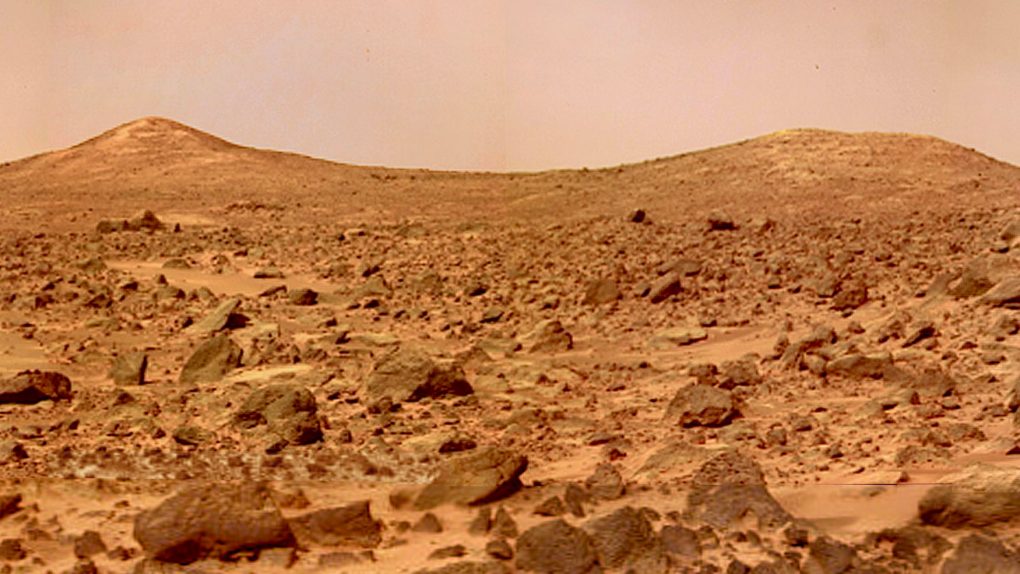Earth’s various auroras are some of the most spectacular sights you can find on the planet. But, Earth isn’t the only celestial body that experiences these phenomena. They’ve also been seen on Mercury, some moons around Jupiter, and even on a comet. But, one unlikely planet that you might not expect to see these on is Mars.
For years, scientists have tried to figure out how Mars auroras happen. After all, the Red Planet has no global magnetic field, which plays a key role in the formation of auroras on Earth. Now, though, scientists may have figured out how they form.
This is how Mars auroras form

If you aren’t familiar with how auroras work on Earth, they’re essentially caused by our planet’s magnetic field interacting with solar wind. When the solar winds collide with Earth’s magnetic field, the result is the spectacular auroras that photographers have captured in images many times. But, on Mars, that crucial magnetic field is mostly missing.
Mars used to have a global magnetic field. However, scientists believe that the field decayed early on in the planet’s life. Today, though, small pockets of solar magnetic fields crop up from some regions of the planet’s crust. This is especially possible in the southern hemisphere of the planet. It’s these pockets that help form Mars auroras.
“We have the first detailed study looking at how solar wind conditions affect aurora on Mars,” Zachary Girazian, an author of the study shared in a statement.
“Our main finding is that inside the strong crustal field region, the aurora occurrence rate depends mostly on the orientation of the solar wind magnetic field, while outside the strong crustal field region, the occurrence rate depends mostly on the solar wind dynamic pressure,” he added.
Coming together

The team published a study on the phenomena in the Journal of Geophysical Research: Space Physics. During the study, they observed more than 200 cases of discrete Mars auroras.
They did so using the Mars Atmosphere and Volatile EvolutioN (MAVEN) spacecraft. MAVEN launched in 2013 and has been used in multiple missions since its arrival at the Red Planet.
The researchers found that Mars auroras happen most frequently in the planet’s southern hemisphere. Additionally, they believe the localized interaction of the solar wind and these small pockets give birth to the light show. That’s what causes these ultraviolet light shows.
By looking at the observations the researchers were able to paint a fairly clear picture of what causes the auroras. Still, it is interesting to think that something that relies so heavily on our planet’s global magnetic field can live on in those small pockets found on Mars.







